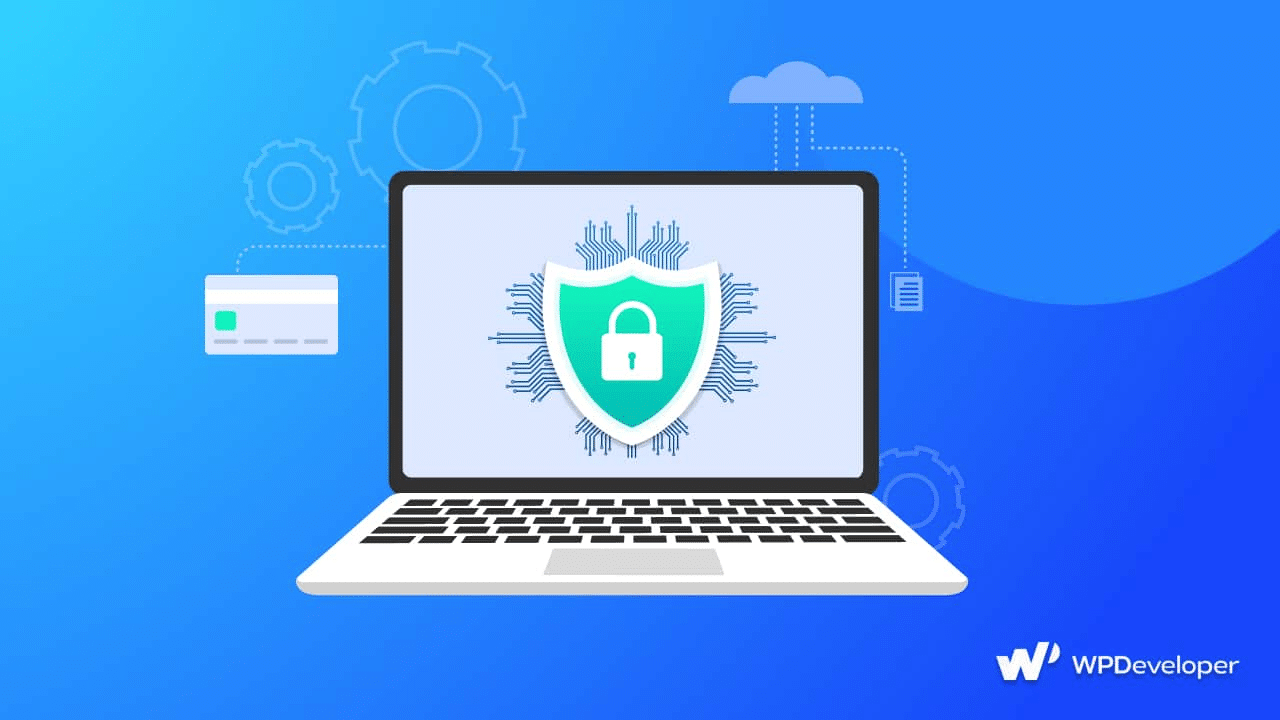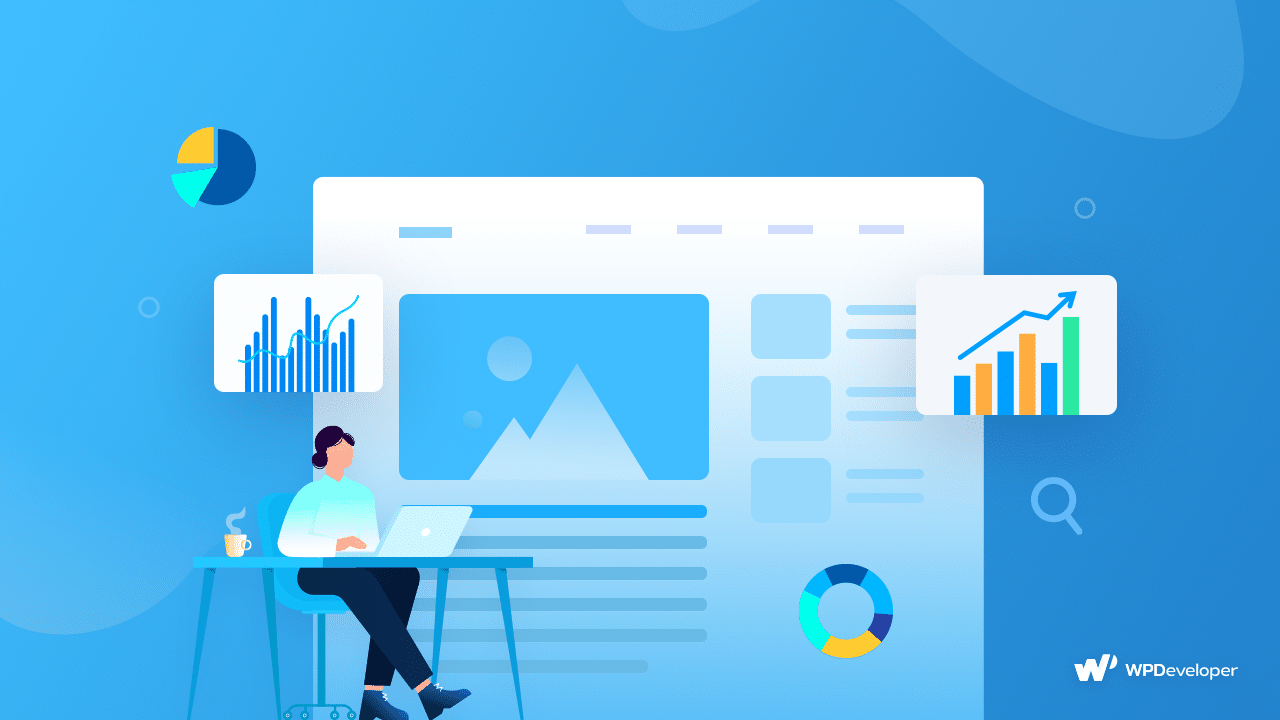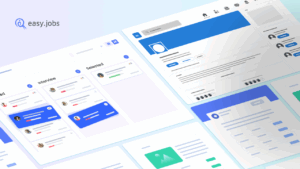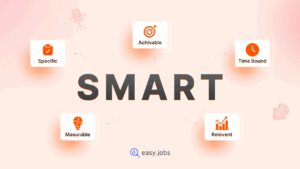Ever wonder how companies make those big decisions that steer them toward success? Maybe the secret lies in the business intelligence trends they are following. But what exactly is BI, and why is it so crucial for businesses today?

The space of Business Intelligence (BI) is continuously evolving, driven by technological advancements and changing business needs. As we move into 2025, it is essential for businesses to stay ahead of the curve by understanding and leveraging the latest BI trends. Here, we will explore the top 10 business intelligence trends to consider that provide insights into how these developments can shape data-driven decision-making and competitive advantage. So, roll down.
Understanding Business Intelligence
Business Intelligence refers to the technologies, applications, strategies, and practices used to collect, integrate, analyze, and present business information. The goal of BI is to support better business decision-making. Essentially, BI systems allow a company to gather, store, access, and analyze corporate data to aid in decision-making.
BI is not a mere data report generator. It is a system that helps businesses to understand trends, derive insights, and make predictions to improve business performance. From historical and current data to third-party and in-house, BI tools can handle a variety of data types, helping users to gain a comprehensive view of business performance
The Components of Business Intelligence
BI is not just a single tool or process but a combination of many. It includes business analytics, data mining, data visualization, data tools, and infrastructure, all wrapped up with best practices designed to help organizations make more data-driven decisions. The goal is to provide users with clear insights through reports, dashboards, charts, and graphs, making complex data understandable at a glance. This approach not only helps in the identification of trends and patterns but also helps in problem-solving and identifying opportunities for improvement.
Why Should You Follow Business Intelligence Trends?
Considering business intelligence trends is important for many reasons, each highlighting how business intelligence tools and practices transform raw data into actionable insights that drive strategic decisions and competitive advantage. Here is why BI is so important:
🔆 BI transforms complex data into actionable insights, enabling decisions based on evidence rather than intuition.
🔆 It identifies inefficiencies and opportunities for optimization, leading to cost savings and improved performance.
🔆 BI tools analyze customer behavior and preferences, allowing businesses to better meet their needs.
🔆 Insights from BI help businesses identify trends and opportunities, keeping them ahead of competitors.
🔆 By improving decision-making and operational efficiency, BI directly contributes to increased profitability.
🔆 BI helps in monitoring and analyzing potential risks, enhancing an organization is ability to manage and mitigate them.
🔆 With predictive analytics, BI allows organizations to anticipate future trends and prepare accordingly.
Top 10 Business Intelligence Trends To Watch in 2025
Business intelligence is rapidly evolving. Here we will talk about the top 10 BI trends that will help you to skyrocket the growth of your business.
▶️ Trend 1: Data Quality Management (DQM)
The quality of your data can make or break your business decisions in today’s data-driven world. High-quality data is the backbone of good business intelligence (BI), helping companies make informed decisions. Data Quality Management (DQM) is all about making sure your data is accurate, complete, reliable, and consistent.
⭐ Combining Different Data Sources and Cleaning Data
A major challenge is blending data from various sources like internal systems, social media, IoT devices, and external sources. Effective DQM requires solid rules for managing data, powerful tools to merge data seamlessly, and ongoing checks to ensure data quality.
Data cleaning is crucial in DQM, involving fixing errors and inconsistencies. Nowadays, AI and machine learning tools automate this process, spotting and correcting issues efficiently.
Investing in DQM boosts BI effectiveness and ensures regulatory compliance, especially where accuracy is non-negotiable. As data’s role in decision-making grows, so does the importance of DQM in ensuring data quality.
▶️ Trend 2: Data Privacy and Security
Data is everywhere in our world, and keeping that data safe and private is more important than ever. With laws like GDPR in Europe and CCPA in the USA setting strict rules, companies need to be very careful about how they handle data.
⭐ Business Intelligence Tools and Security Risks
Business Intelligence (BI) tools help companies make sense of big data. However, these tools can also attract cyber threats because they deal with sensitive info. To keep data safe, companies use a mix of security tactics. They encrypt data to protect it whether it is stored or being sent somewhere. They also use access controls, meaning only certain people can see certain data. Moreover, they have AI-driven systems to spot any strange activity that might suggest a security problem.

As more people use Business I tools, it is vital to teach them about keeping data safe. Companies are doing this through training, clear rules on using data, and making sure everyone understands how important security is making sure the insights from Business Intelligence tools are reliable.
▶️ Trend 3: Natural Language Processing (NLP)
One of the important Business Intelligence trends to follow in 2025 is Natural language processing. Imagine chatting with your data just like you would text a friend. NLP lets anyone ask questions or generate reports in plain English (or any language), making it a breeze for those of us who are not exactly data wizards. This means you can just ask, “Which product was a hit last season?” and get your answer without wrestling with complex systems or learning another tech language.
⭐ How Does It Work?
NLP acts like a bridge between human conversation and computer data. It understands and responds in our language, allowing for both voice and text commands. This breaks down the walls of data exploration, turning it into a simple conversation. No more sifting through endless databases or scratching your head over technical jargon. Just ask a question and you get the insight you were looking for.
⭐ NLP Makes Data Accessible for Everyone
One of the coolest things about NLP in BI is how it presents insights. Instead of charts or numbers that might take a bit to decipher, it explains trends and patterns in easy-to-understand language. This does not just open up data analytics to more people; it also helps in making informed decisions faster because everyone gets the gist of what the data is saying.
Beyond just numbers and trends, NLP digs into how people feel about a product or brand through sentiment analysis. By looking at customer feedback, social media chatter, and more, it can get a sense of the public mood. This insight is gold for shaping marketing strategies and developing products that hit the mark.
▶️ Trend 4: Collaborative BI
Collaborative Business Intelligence (BI) is a modern approach that combines business intelligence tools with the interactive nature of collaboration technologies. These might include popular social media platforms and various messaging systems. The aim is simple to make the process of analyzing data and making decisions more of a team effort. This method is all about moving away from working in isolation and encouraging a workplace culture that values sharing insights and joint decision-making across different parts of an organization.
⭐ The Benefits of Working Together
One of the biggest advantages of this approach is how it speeds up making decisions. Sharing insights and feedback quickly means that choices that used to drag on for weeks can now be made much faster—in days or even hours. Moreover, having everyone loop in means decisions are made with a full understanding of all the data. Different people might see the same data in new ways, highlighting insights that would have been missed in a more siloed approach.
Besides, collaborative BI tools come with features that control who can see what and track who has looked at what information. This makes sure that data is shared more freely, safely and in line with privacy laws and keeping sensitive information secure. Collaborative BI helps to drive innovation and give a competitive edge by making the most of collective data analysis and decision-making processes.
▶️ Trend 5: Embedded Analytics
Embedded analytics is changing how we use business intelligence (BI) by adding analysis tools right into the business apps we use every day. This means we can look at data and make decisions based on it in real time, without leaving our normal work routines. It makes things easier by putting important insights where they are needed most and helps us work smarter, not harder, by avoiding the back-and-forth between different apps to check data.

As companies aim to work more efficiently and base their decisions on data, embedded analytics becomes more important. It gives them an advantage by making it easier to respond quickly and wisely to whatever challenges come up. This way, everyone in a company, no matter their job, can use data insights naturally as part of their day-to-day work.
▶️ Trend 6: Artificial Intelligence and Machine Learning Integration
In recent years, the fusion of Artificial Intelligence (AI) and Machine Learning (ML) with Business Intelligence (BI) tools has dramatically changed how companies handle data and make choices. These advancements make it possible to automate the analysis of data. This means businesses can find valuable insights faster and more accurately than before. Artificial intelligence and machine learning excel in spotting trends and oddities in vast amounts of data, aiding in forecasting, understanding customer behavior, and evaluating risks.
⭐ Simplifying Business Decisions with AI and ML
A major benefit of incorporating AI and ML into BI tools is their knack for taking over repetitive data analysis tasks. This not only quickens the overall process of making decisions but also allows human analysts to dedicate their time to more nuanced, strategic efforts. What’s more, these enhanced BI tools are now easier for everyone to use, not just the tech-savvy. This opens up data analysis to more people within a company, enabling a wider range of individuals to make well-informed decisions.
⭐ Predictive Analytics Helps to Understand Future Trends
Predictive analytics is an area significantly influenced by AI and ML. By examining past data, these technologies can forecast future trends, behaviors, and potential issues with impressive accuracy. This forward-looking ability allows companies to adopt a proactive stance—anticipating shifts and strategizing in advance, rather than simply reacting to events as they occur.
The integration of AI and ML into BI is a key trend that is expected to grow even more in 2025 and the years that follow. By leveraging these technologies, companies can boost their data analysis, streamline the decision-making process, and secure a competitive advantage in their fields.
▶️ Trend 7: Cloud-based BI Solutions
Cloud-based BI solutions are changing the game in business intelligence. They are affordable, easy to use, and you can access them from anywhere. Instead of buying expensive equipment and software, businesses just use these online services. This makes it much easier for all kinds of businesses, big or small, to get started. These solutions can handle as much or as little data as you need, so they grow with your business. They also let you see your data in real-time, which helps you make quick decisions and stay ahead in today’s fast-moving world.
They work seamlessly with lots of different data sources and tools, making it easier for teams to work together. With more businesses moving online, the need for these cloud-based BI tools is only going to increase. They are becoming a key part of how businesses operate smartly and make decisions based on data.
▶️ Trend 8: Mobile BI
Mobile BI is a growing business intelligence trend that’s changing not just the “where” but the “how” of BI insights consumption. It happens because of the popularity of smartphones and tablets, mobile BI apps that now enable leaders to view dashboards and reports wherever they are, offering unmatched flexibility and ensuring vital information is always within reach.
Leaders, managers, and field operatives gain from accessing data in real-time, which allows for speedy decision-making and action, no matter where they are. This is incredibly beneficial in sectors like retail, logistics, and field services, where decisions made on the ground can greatly affect efficiency and customer happiness. Mobile BI also promotes teamwork by making it easy to share insights and reports straight from mobile gadgets. This improves the decision-making process, as all key players can view and discuss data insights in real-time, no matter their physical location.
▶️ Trend 9: Data Democratization
The democratization of Business Intelligence (BI) is making BI tools and insights accessible to a wider range of users, not just data analysts or IT professionals. This trend is fundamentally changing how decisions are made across organizations, fostering a culture where everyone is empowered to make informed decisions based on real-time data.
Traditionally, Business Intelligence (BI) would only understand the data and IT experts. However, the place is shifting towards democratizing BI which is aiming to acknowledge every member of an organization with the tools to make data-driven decisions. This change is breaking down barriers, enabling a culture where insights are not hoarded but shared, fostering informed decision-making at all levels.
The transformation is fueled by more user-friendly BI platforms with intuitive designs, the incorporation of natural language processing (NLP) for straightforward querying, and secure access controls. These advancements mean that non-experts can now dive into data analysis, enhancing decision speed and inclusivity in strategic planning. The democratization of BI is uncovering hidden opportunities and encouraging a broader spectrum of ideas.
However, this power necessitates a responsibility to educate users on effective and ethical BI tool usage, underlining the importance of data literacy. As BI becomes more accessible, ensuring everyone can navigate and interpret data responsibly is paramount, marking a new era of informed decision-making.
▶️ Trend 10: Augmented Analytics
Augmented analytics is another game changer for business intelligence trends to watch in 2025. It brings together artificial intelligence (AI) and machine learning (ML) to automate the process of analyzing data. This means businesses can understand their data faster and make decisions quicker than ever before.
⭐ How Augmented Analytics Works
These tools are smart enough to automatically spot trends, predict future events, and find connections in large amounts of data – tasks too complex for humans to handle manually. They do not just stop at analyzing data; they offer clear recommendations and insights. This helps companies stay ahead by knowing what their customers need, improving their operations, and spotting new opportunities in the market.
⭐ Making Data Analysis Easy for Everyone
One of the best things about augmented analytics is that it opens up data analysis to everyone in a company, not just the experts. By making the process simpler, people without a background in data science can explore and understand data on their own. This encourages a culture where everyone thinks creatively and uses data to guide decisions, leading to a more dynamic and innovative workplace. In short, augmented analytics is transforming how companies interact with their data, making it faster, more accessible, and more accurate.
Unlock the Potential of BI in Shaping Business Landscape
As we look towards the future of Business Intelligence, it is clear that the landscape is evolving rapidly, influenced by technological advancements and changing business needs. For businesses looking to stay competitive in 2025 and beyond, understanding and embracing these trends will be crucial. By implementing the latest BI technologies and practices, organizations can enhance their decision-making processes, drive innovation, and secure a competitive edge in their respective markets.
If you find this blog helpful, then don’t forget to share it with others to meet their needs. Also, subscribe to our blog and join our Facebook community to keep yourself educated on the latest trends and practices.





